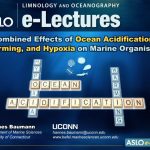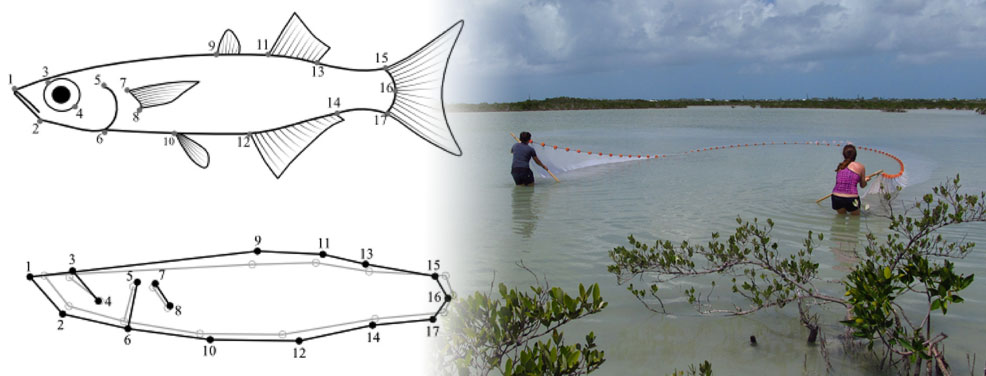A suite of parallel anthropogenic changes affects contemporary marine ecosystems. Excessive carbon dioxide (CO2) pollution results in warmer, more acidic oceans with lower dissolved oxygen (DO) levels, meanwhile the emission of reactive nitrogen/phosphorus results in eutrophication, excessive microbial degradation and thus metabolic hypoxia and acidification. Despite decades of empirical research how each individual stressor of the ‘climate-change syndrome’ (i.e., temperature, CO2, DO) affects the fitness of marine organisms, we still know little about the combined effects of these stressors. This lecture gives an overview over the nascent field of multi-stressor approaches evaluating the climate sensitivity of marine organisms across taxa. In most studied cases, combined effects of these stressors exceeded those observed individually. Effects of combined warming, acidification, and deoxygenation have mostly been additive (no stressor interaction) or synergistically negative (stressor interaction). The occurrence and strength of synergistic stressor interactions in some species, life history stages, and traits comprises a vexing challenge but hints at potentially greater sensitivities of organisms to marine climate change than previously recognized. This lecture is intended for post-secondary students, providing them with illustrated examples from the most resent literature, while aiding in communicating the urgent need for empirical data from multi-stressor approaches.
Baumann, H. (2016)
Combined effects of ocean acidification, warming, and hypoxia on marine organisms.
Limnology and Oceanography e-Lectures 6:1-43

